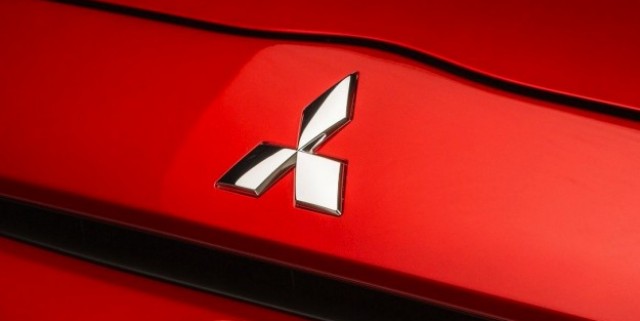
Mitsubishi Motors Corporation (MMC) has detailed its plans for the next three years, headlined by confirmation of next-generation models, eco-responsible technologies and promises of improved quality.
Set to follow on from its current “Jump 2013″ mid-term business plan due to end in March, its newly announced mid-term business plan, dubbed “New Stage 2016″, includes the introduction of the next-generation Triton in the 2014 Japanese fiscal year (April 2014-March 2015), and new Challenger, Pajero and ASX SUVs from fiscal year 2015 (April 2015-March 2016).
Considered by Mitsubishi as “key models”, the Japanese manufacturer believes that its next stage of growth can only be achieved by utilising its “strong-selling” pick-up trucks, SUVs and crossover models.
Based on this – along with plans to meet global demand for environmentally responsible eco-car and safety technologies – MMC is targeting retail sales volume growth of around 30 per cent in fiscal year 2016 compared with current fiscal year 2013 sales forecasts, aiming for 1,430,000 sales.
Mitsubishi says it plans to increase its proportion of these key models to 63 per cent of its total sales volume in fiscal year 2016 – up from fiscal year 2013’s 57 per cent.
It also, however, plans to reduce the number of previous-generation and region-specific models from 18 to 13, and drop its number of platforms from nine to seven as it aims to decrease total costs for the MMC Group by 110 billion yen ($1.2 billion).
Despite the planned cost-cutting measures, MMC says during New Stage 2016 it will invest an average of 100 billion yen ($1 billion) in capital expenditure per year and 80 billion yen ($863 million) in research and development.
Part of the latter is earmarked for the development of next-generation technologies, which MMC says will result in a 20 per cent increase in the production ratio of its electric (EV) and plug-in hybrid electric (PHEV) vehicles in 2020.
This will follow the introduction of Mitsubishi’s “earth Technology” – said to encompass environmental responsibility, driving pleasure, and toughness and safety – starting from fiscal year 2015.
Funds will also go towards the further development of the car maker’s S-AWC (Super All Wheel Control) four-wheel-drive system, active safety technologies and the integration of “connected car” smartphone-based information technology.
Vehicle quality is another area MMC is focusing on; the company believing quality is the most important aspect required by customers and is therefore targeting being at the industry’s uppermost level.
This, MMC says, means its aim for new models introduced from fiscal year 2013 onwards is to halve the number of failures that occur within three months of delivery, the ratio of defective components from suppliers, and the period from any occurrence of failures to determination of countermeasures compared to figures from fiscal year 2012.
Other key points of the mid-term plan include enhancing MMC’s brand and identity, establishing an SUV brand in emerging markets, continuing to work with joint venture companies and business partners – such as the Renault-Nissan Alliance – and further develop operations in Thailand, Indonesia and the Philippines to grow overseas production.
In Japan, MMC says it aims to continue work on the NMKV minicar joint venture, while working towards improved sales efficiency and profitability via streamlining and the introduction of next-generation plant production technology. Its US goals also centre around improving production efficiency and exporting vehicles to other countries.
According to MMC, New Stage 2016 intends to see the group achieve 2600 billion yen ($28 billion) in net sales (470 billion yen is forecast for fiscal year 2013), and 135 billion yen ($1.5 billion) in operating income (35 billion yen up on the forecast for fiscal year 2013) by the end of fiscal year 2016.
Mitsubishi recently released images and details of a three-concept Tokyo motor show line-up, including two powered by plug-in hybrid powertrains.





